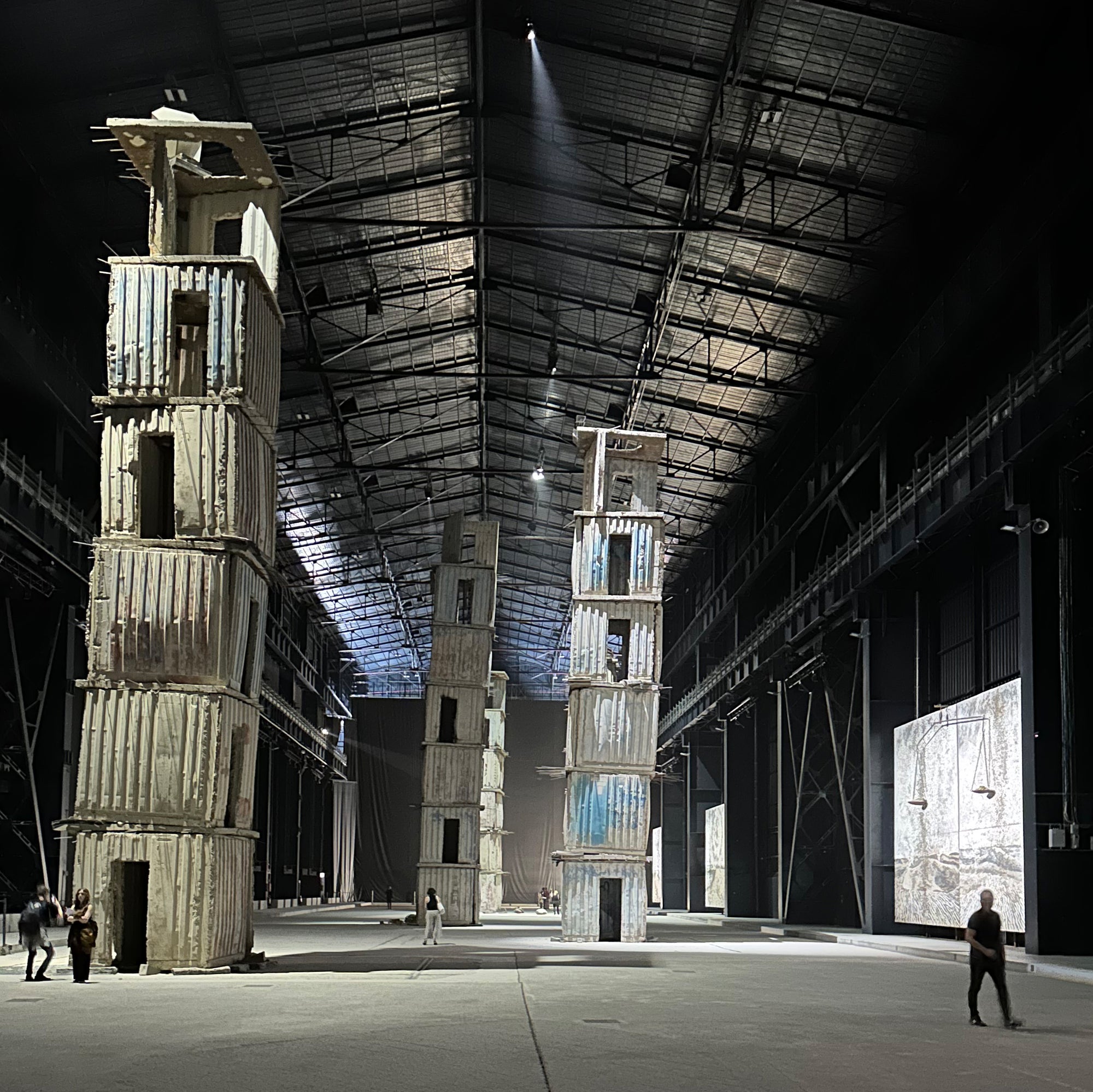Günther Brandl was born in Munich in 1956 and lives near Wiesbaden. Here in a small studio space and in nature, he searches for traces and found objects that inspire his works.
 How did you get into art?
How did you get into art?
Even as a child, my father would regularly take me to draw in nature together and his artificial doing inspired me to become artistically active myself and to finally led me to study art and sports at the Kassel University of Applied Sciences to become a teacher.
How would you describe your style? What makes your work special?
My artwork is mostly informally. My current artistic work is essentially about traces; traces of places and emotional traces of memory. I'm concerned with the essence of my perception of life, that "what sticks".
Accordingly, my works are mostly fragmentary, sketchy, torn or deconstructive and leave room for own intellectual additions, associations and emotions or challenge them. In my work I explore structures created by nature or man, changes caused by the weather, the emotional effect of colors and textures, as well as three-dimensionality through relief-like embossing of a wide variety of materials.
 How do you go about developing your work?
How do you go about developing your work?
In many of my works, I let myself be inspired by the place where I am at the moment and the impressions and circumstances that are there. I am particularly interested in the places that I have a close relationship with because I live there, grew up there or because something significant happened there for me. I also look for specific places more often. These are usually places that give me a lot emotionally and inspire me to experiment. From these places - especially the forest, the mountains, water - I usually take fragmentary "footprints", found objects or also drawn impressions with me. I partially rework the results of my "prints" in color, mostly with watercolors but also with oil pastels, acrylic paints and other printing colors.
 Who or what influences you?
Who or what influences you?
I am influenced by the intensive preoccupation with art history as a teacher and especially by artists such as Uecker, Tapies, Chillida, Miro, Klee, Pollock, Krasner and recently by current social challenges such as climate and war.
Make us curious. What is planned next?
Despite my abstract and informal way of working, I have planned to develop works that also address current or enduring political and social issues, such as "Traces or Signs of oppression". My works are currently still relatively small and I am looking for opportunities to work in larger formats and would like to work again in acrylic and oil on canvas in the future.



 Instagram
Instagram
